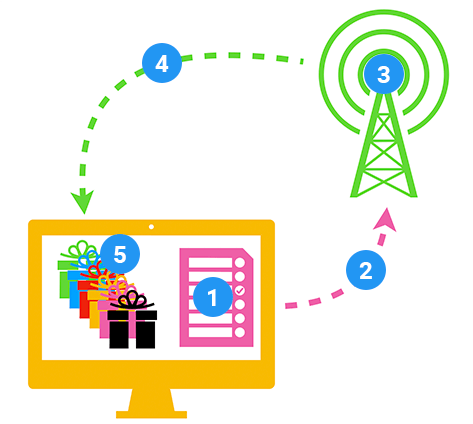- Unity User Manual (2019.4 LTS)
- Packages
- Unity's Package Manager
Unity’s Package Manager
A package is a container that stores various types of features or Assets, such as:
- Editor tools and libraries, such as a text editor, an animation viewer or test frameworks.
- Runtime tools and libraries like the Physics API or a Graphics pipeline.
- Asset collections, such as Textures or animations.
- Project templates to share common project types with others.
Packages deliver a wide range of enhancements to Unity through the Package Manager. In the Editor, you can access the Package Manager window through this menu: Window > Package Manager.
Note: The Package Manager also supports viewing any Asset packages you have already downloaded or imported from the Unity Asset Store. For more information, see Asset packages.
How Unity works with packages
When Unity opens a Project, the Unity Package Manager reads the Project manifest (1) to figure out what packages to load in the Project. Then it sends a request (2) to the registry server (3) for each package that appears as a dependency in the manifest. The registry server sends the requested information and data back to the Package Manager (4), which then installs those packages (5) in the Project. Each Project has its own manifest which lists the packages to load as “dependencies” of the Project.

If you want to include a package in your Project, you must update the Project manifest to include it in the list of dependencies. If you want to, you can modify the Project manifest directly, but it is safer and easier to let the Package Manager do that. For more information on using the user interface, see the documentation for the Package Manager window.
How to use the Package Manager
The Package Manager uses three interfaces to communicate with users, manifests, and registries:
| Interface method | How to work with it |
|---|---|
| User interface | You can use the Package Manager window to quickly browse and search for features. It also allows you to easily select the packages you want to install and update, and resolve conflicts in package dependencies. The Package Manager provides a user interface in order to make changes to the Project manifest directly. |
| Package manifest | The Package Manager provides a dedicated Inspector in Unity, which allows you to view the manifest of any package, while the manifest gets the main focus in the Project view at the same time. This integration means you can also edit package manifests directly in Unity for embedded or local packages. |
| Scripting API | The Package Manager scripting API enables users to interact with the Package Manager programmatically. You can use it to query the package registry, install, embed, and remove packages, and list packages using a variety of criteria. |
- Unity Package Manager added in Unity 2018.1 NewIn20181